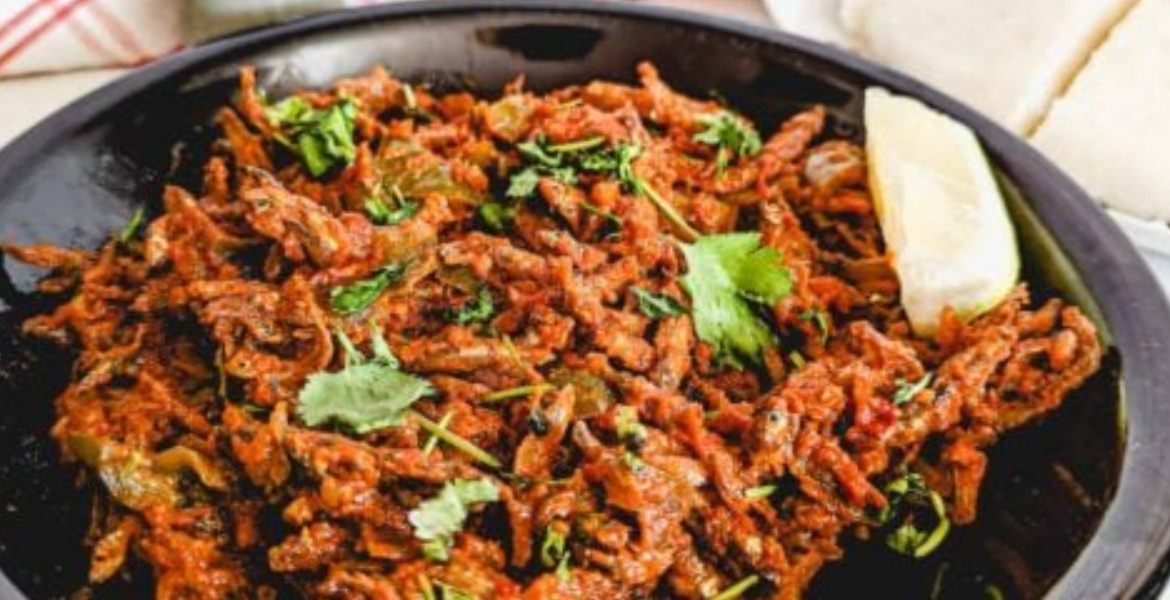Why Adding Milk to Your Managu or Omena is Not Good for You

As Kenyan families increasingly embrace indigenous vegetables for their nutritional benefits and cultural significance, health experts are raising concerns that traditional cooking methods may be undermining their potential.
While these greens are heralded as a solution to combat lifestyle-related illnesses and promote sustainable agriculture, practices like prolonged boiling and the addition of milk risk diminishing their vital nutrients. For generations, Kenyans have relied on local vegetables like African nightshade (managu), amaranth (terere), jute mallow (mrenda), spider plant (saga), cowpea leaves (kunde), pumpkin leaves (malenge), and slender leaf (mitoo). These are celebrated for being rich in vitamins A, B, and C, iron, calcium, and antioxidants.
They also offer resilience to local climates and pests and have long been recognised in traditional healing practices. The Food and Agriculture Organization (FAO) estimates that approximately 34 percent of urban and peri-urban Kenyans regularly consume these vegetables. In Kisumu's vibrant Kibuye Market, the resurgence of these greens is evident. Nancy Oketch, a regular shopper, reflects a growing national trend of returning to traditional diets. Dolrose Akinyi, another resident, has for years purchased local vegetables in bulk on market days, preserving them using methods passed down through her family.
This culinary tradition, known as mokuog, involves boiling the vegetables to reduce bitterness, frying them with onions and tomatoes, and adding milk to preserve them throughout the week. "We boil them first to reduce bitterness, then fry with onions and tomatoes," she explains. "Milk is added to preserve them through the week." She, like many others, believes that the tradition is rooted in cultural memory and perceived health benefits.
However, nutritionists are sounding the alarm about the potential drawbacks of these traditional practices. Betty Okundi, Director of Nutrition and Dietetics at Jaramogi Oginga Odinga Teaching and Referral Hospital, cautions that while milk enhances flavour and shelf life, it can compromise nutrient absorption. “Calcium in milk binds with iron and certain vitamins in these vegetables,” she explains. “This interaction prevents the body from effectively absorbing key nutrients, especially iron, which is crucial for pregnant women.”
This concern extends beyond vegetables. Similar nutrient-binding effects occur when milk is added to omena (silver cyprinid) and porridge, staples in many Kenyan households. According to Okundi, these combinations may contribute to low haemoglobin levels among expectant mothers, a significant public health challenge. The nutritional potential of indigenous greens is further compromised by common cooking practices.
Extensive boiling, discarding of cooking water, and post-boil rinsing can strip away water-soluble vitamins and minerals, negating the health benefits these vegetables offer. In response, nutritionists and chefs are advocating for revised preparation methods. Okundi recommends boiling vegetables in a minimal amount of water – just enough to cook without discarding – and cutting them after washing to prevent nutrient leaching.
“Boil for 10 to 15 minutes, then lightly fry with onions and tomatoes,” she advises. “Avoid rinsing after boiling, as this leads to significant nutrient loss.”
Caleb Odipo, a chef at a Kisumu hotel, has adopted a modified approach in his kitchen, balancing taste with nutritional integrity. He brings water to a boil with oil, salt, and onions, then adds chopped vegetables. After a brief cook, the liquid is strained and reserved for later use, while the vegetables are sautéed and finished with chicken stock for added flavour. This ensures that the flavour does not come at a cost of nutrients.
To mitigate bitterness, Okundi suggests blending bitter greens like managu or saga with milder varieties such as pumpkin leaves or spinach. Some cooks also incorporate peanut butter or coconut milk to soften the flavour profile, while others opt for tender, less mature leaves that are naturally milder. Preservation techniques are also evolving. Blanching seasonal vegetables briefly in boiling water, then cooling them in ice, draining, solar-drying, and storing them in airtight containers can extend shelf life without compromising nutritional value.
When ready to cook, the dried vegetables can be rehydrated, simmered, and prepared with standard seasoning. The resurgence of indigenous vegetables in Kenya represents a broader shift towards health-conscious eating and cultural reclamation. Once dismissed as "poor man's food" during colonial times, these greens are now recognised as vital components of a balanced diet and sustainable agriculture.








Add new comment